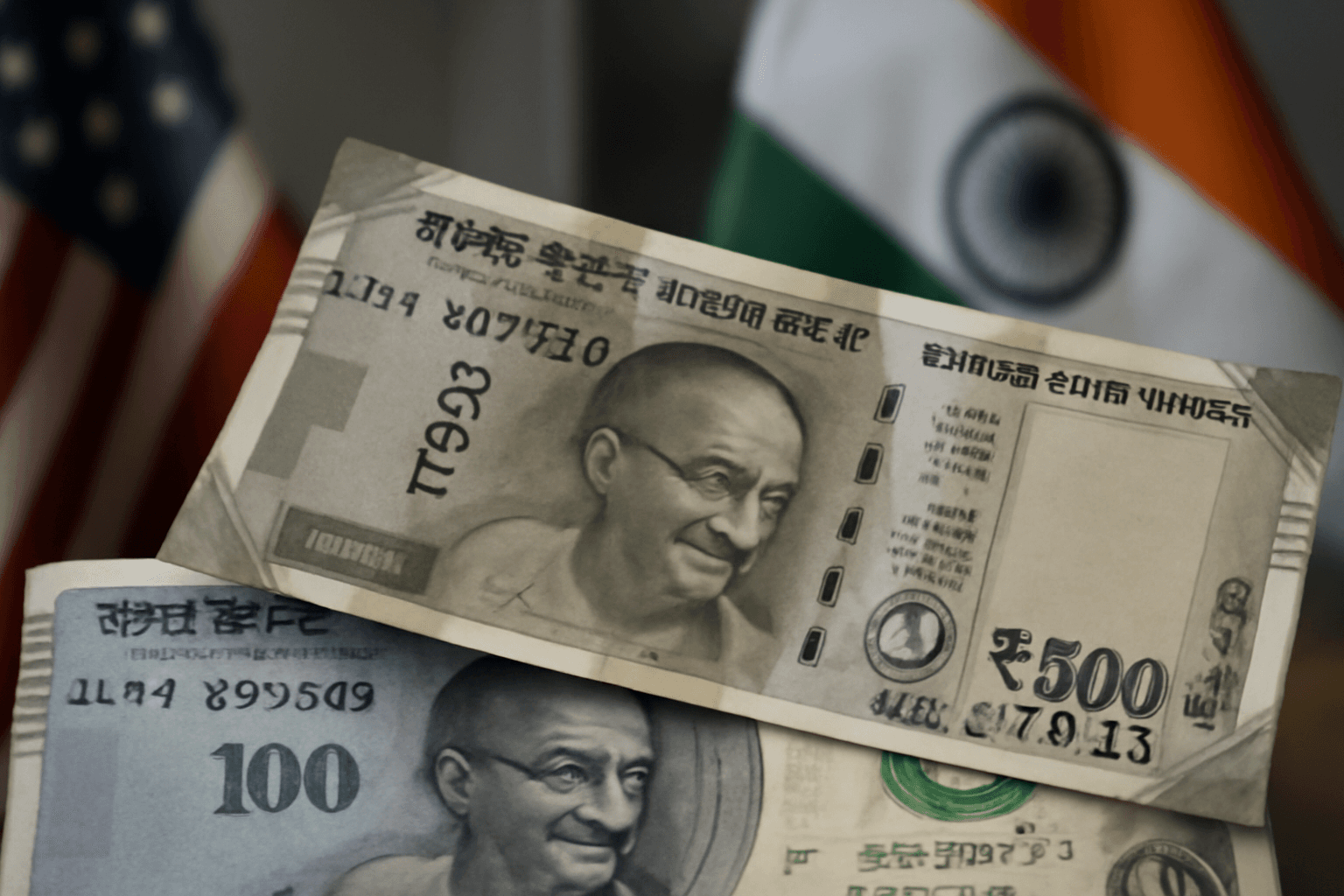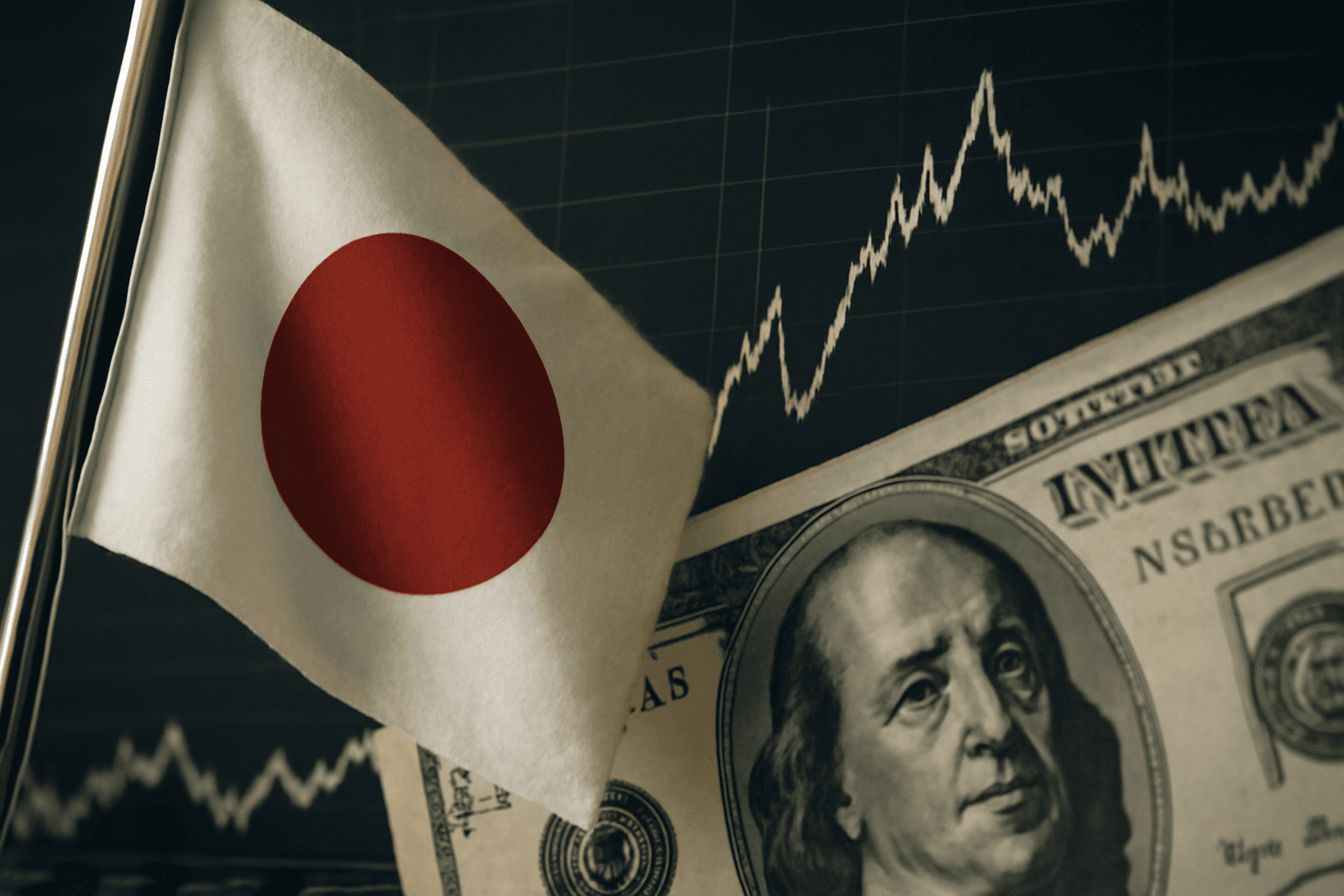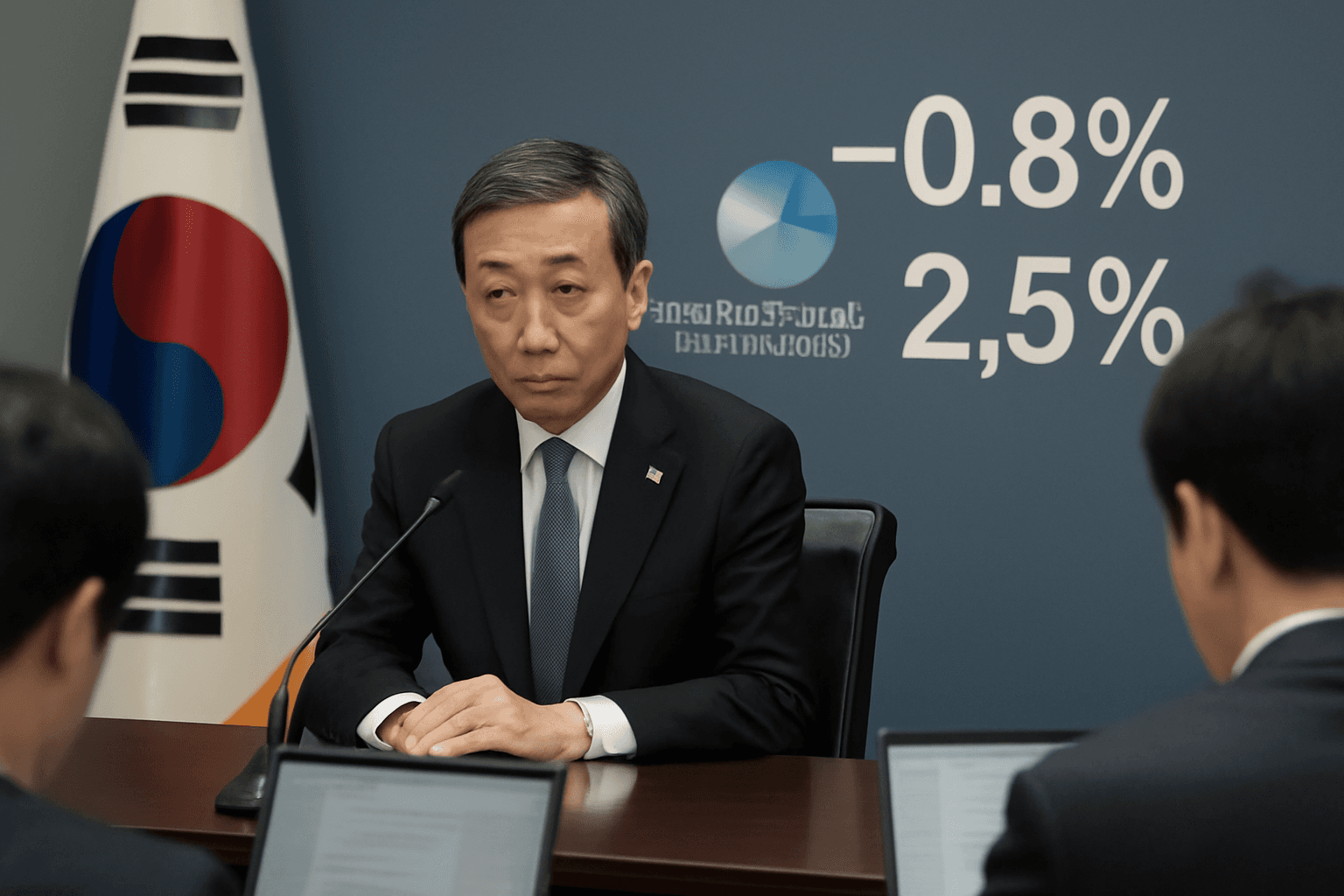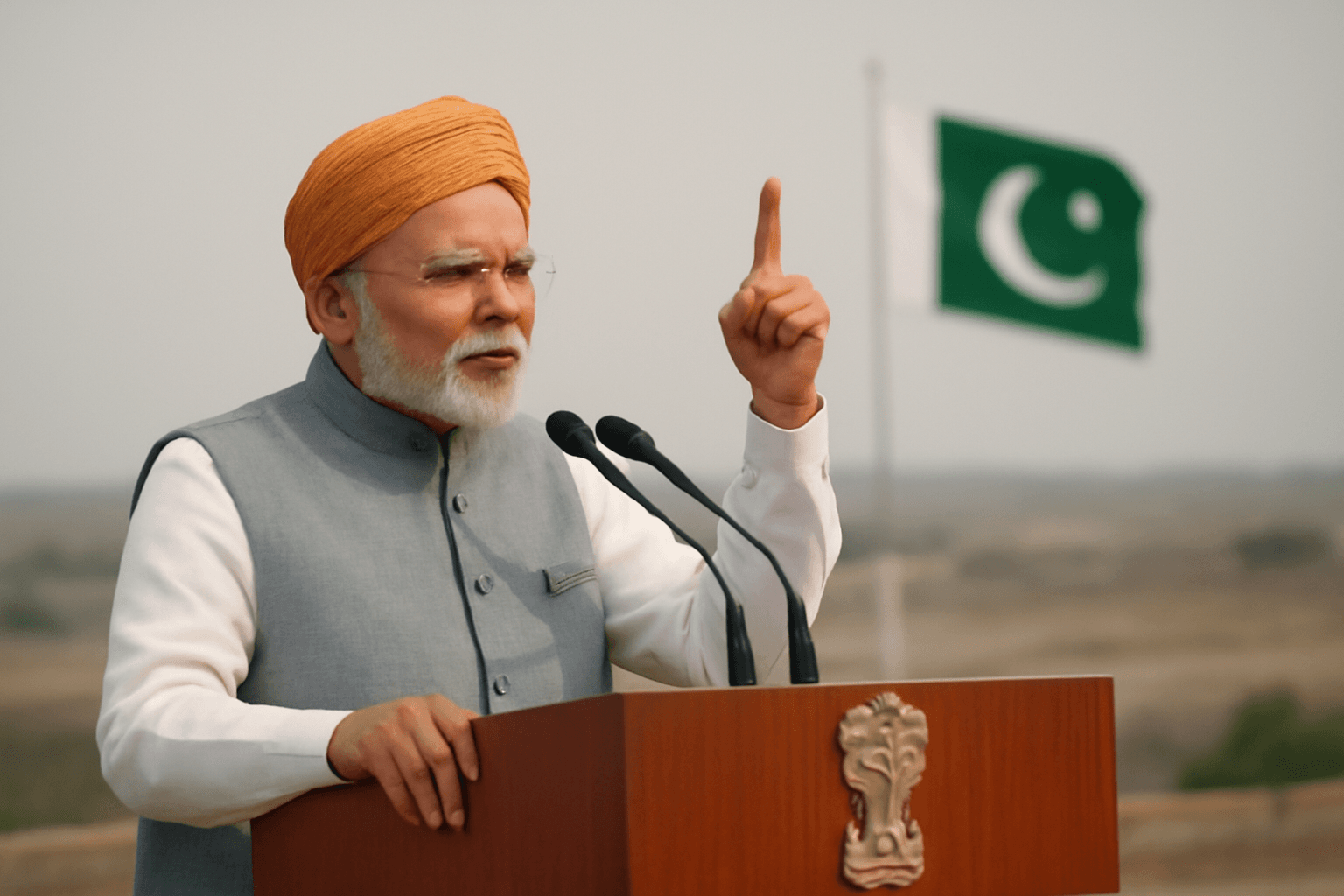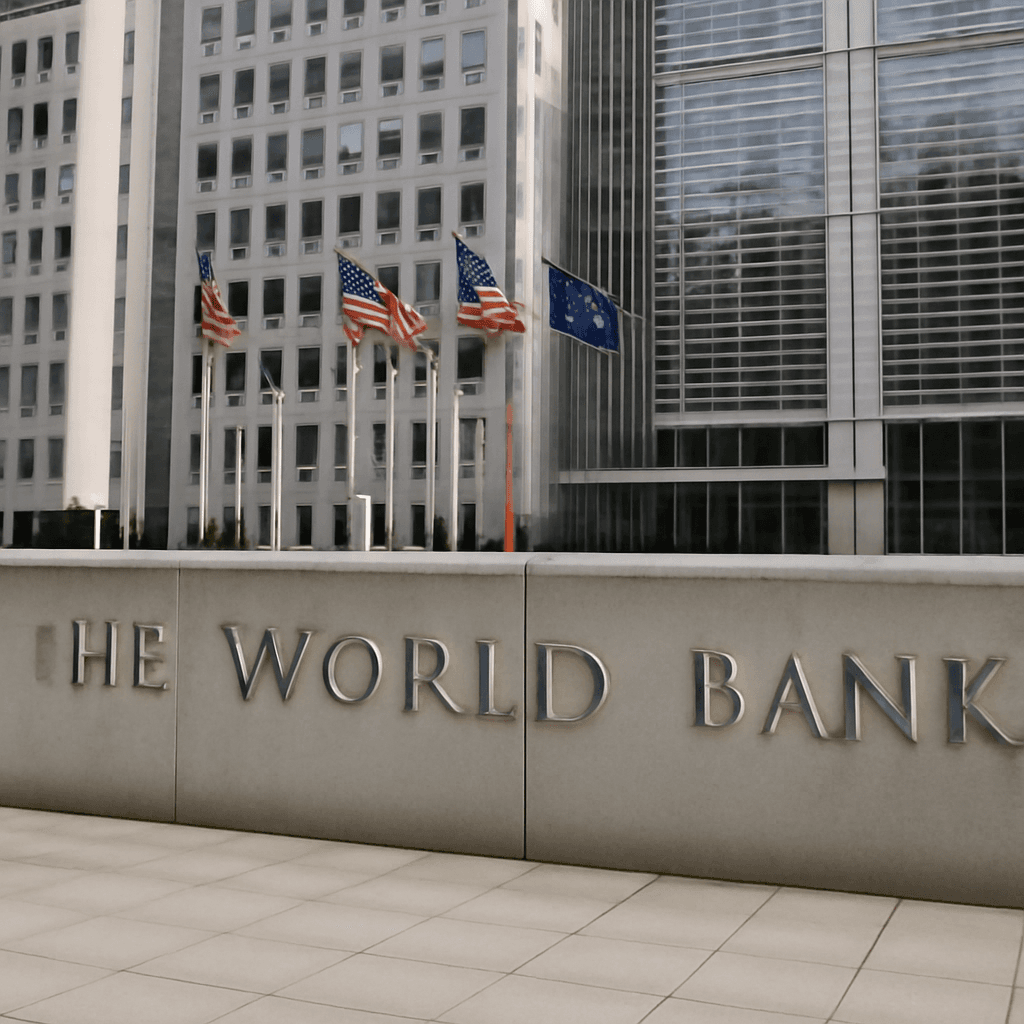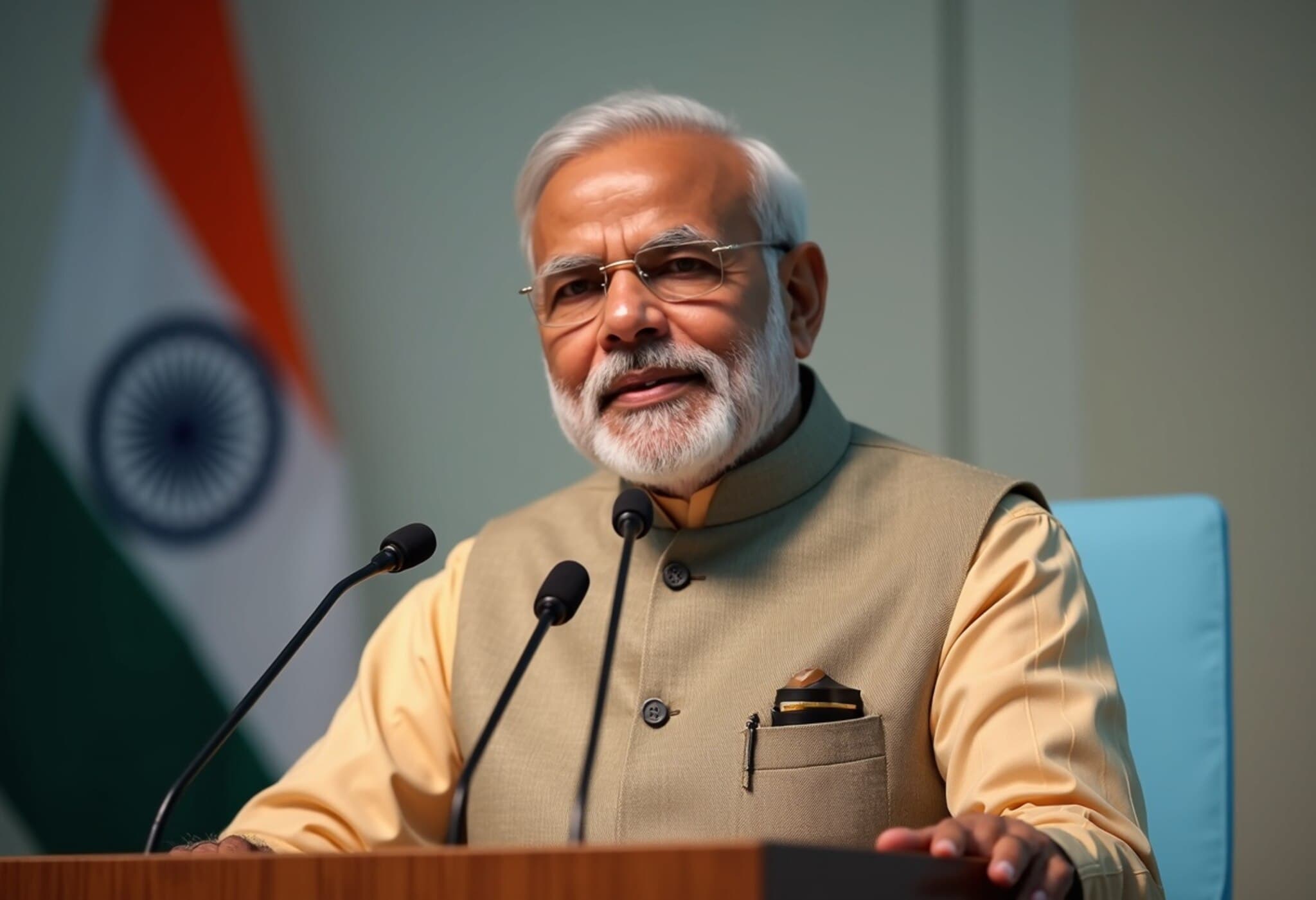S&P Global Ratings Elevates India’s Sovereign Credit to BBB
In a significant boost to India’s global economic standing, S&P Global Ratings upgraded the country’s sovereign credit rating from BBB- to BBB, signaling increased investor confidence and strengthening India’s position on the international stage. This move places India just one step shy of A-grade status, a benchmark reflecting stronger creditworthiness and lower borrowing costs.
India’s Resilient Economic Comeback
Highlighting India’s swift recovery post-pandemic, S&P lauded the nation’s exceptional growth trajectory, with real GDP averaging 8.8% between fiscal years 2022 and 2024, the highest growth rate among Asia-Pacific economies. S&P expects this robust momentum to sustain, projecting an annual GDP growth rate of 6.8% over the next three years. Such growth underpins a gradual reduction in India’s debt-to-GDP ratio despite ongoing fiscal deficits, suggesting improved economic stability and resilience.
Fiscal Discipline and Strategic Investment Drive Upgrade
The rating agency credited India's improved public finances and government spending quality as key contributors to the upgrade. Historically, high deficits and debt levels weighed heavily on India’s rating profile. However, with the government’s clear commitment to fiscal consolidation, S&P forecasts a decline in the combined fiscal deficit of the Centre and states from 7.3% of GDP in 2025-26 to 6.6% by 2028-29.
Importantly, capital expenditure has seen a substantial rise, with the Centre targeting a staggering Rs 11.21 lakh crore in 2025-26—more than triple its outlay in 2019-20. Combining central and state investments, India’s public infrastructure spending is estimated at approximately 5.5% of GDP, positioning the country at or above peer nations globally. Improved infrastructure and connectivity are expected to alleviate longstanding economic bottlenecks, further fueling growth.
Debt Reduction and Sustainable Growth
S&P expects a gradual decline in India’s net government debt ratio from 83% of GDP in 2024-25 to 78% by 2028-29, edging closer to pre-pandemic levels. The central government aims to reduce its debt-to-GDP ratio to 49-51% by 2030-31, a target signaling fiscal responsibility, although states currently lack formal debt reduction goals.
While India’s GDP growth rate has moderated to around 6.5% recently—the lowest in four years—the agency sees this as a natural normalization toward sustainable expansion. Sustained high growth remains critical for India to meet crucial socio-economic goals: job creation, poverty reduction, and capitalizing fully on its demographic dividend.
Inflation and External Stability Under Control
India’s Reserve Bank has earned commendation for its adept inflation management, consistently keeping retail inflation within the targeted 2-6% range, bolstering economic confidence. Additionally, India’s current account deficit is expected to remain small, supporting stable external finances—a vital factor in sovereign creditworthiness.
Expert Insights: A Turning Point for India’s Global Financial Footprint
This upgrade marks not just a numbers game but reflects a broader validation of India’s economic reforms and fiscal prudence. For years, Indian policymakers have contended that global rating methodologies insufficiently capture emerging market nuances, often undervaluing India’s growth potential. S&P’s decision, following constructive fiscal management and accelerated capital investment, may prompt similar reassessments by Moody’s and Fitch, potentially paving the way for India’s ascent into the coveted A-grade territory.
From an American economic perspective, this upgrade could enhance bilateral investment flows and trade relations, underscoring India's increasing prominence as a reliable and robust partner. It also mitigates financial risks linked to U.S.-India trade dynamics, as recent tariff concerns are viewed as unlikely to significantly dent India’s expansive domestic consumption-driven growth.
What Remains to Be Seen?
- Will India sustain this impressive growth trajectory while implementing inclusive policies that reduce inequality?
- Can continued fiscal consolidation and infrastructure investment keep pace with burgeoning social demands?
- How will global economic uncertainties—such as geopolitical tensions and commodity price volatility—impact India’s external and fiscal balances?
Editor’s Note
India's recent sovereign rating upgrade by S&P is a testament to its resilient economy and strategic policy direction amid a complex global landscape. While this development bodes well for attracting global capital and lowering borrowing costs, it also brings to the forefront critical questions about sustained growth, fiscal discipline, and equitable development. Stakeholders—government, investors, and citizens alike—should watch closely how India balances these imperatives in the years ahead.
By Siddharth Upasani, Deputy Associate Editor specializing in economic trends and data-driven analysis.


